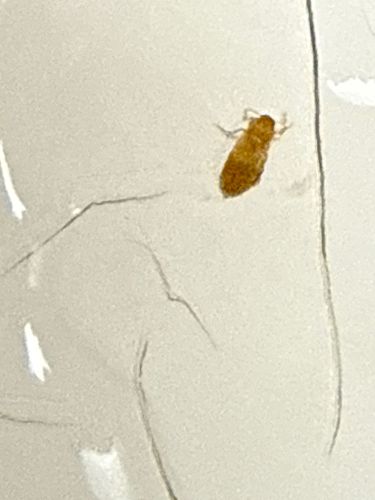Bed Bug
Scientific Name: Cimex lectularius
Order & Family: Hemiptera, Cimicidae
Size: Adult bed bugs are typically 4-5 mm (0.16-0.20 inches) long, oval-shaped, and flattened, especially before feeding. After feeding, they become engorged and reddish-brown.

Natural Habitat
Bed bugs are typically found in human dwellings and other places of human habitation, such as homes, apartments, hotels, dormitories, and shelters. They prefer to live in close proximity to their hosts, often in mattresses, bed frames, headboards, and nearby furniture.
Diet & Feeding
Bed bugs are hematophagous, meaning they feed exclusively on the blood of warm-blooded animals, primarily humans. They pierce the skin with a stylet and inject an anticoagulant and anesthetic saliva before drawing blood.
Behavior Patterns
Bed bugs are primarily nocturnal, feeding on blood during the host's sleep. They hide in cracks and crevices during the day, such as mattress seams, bed frames, furniture, and walls. They are known for their resilience and ability to survive long periods without feeding.
Risks & Benefits
Potential risks include itchy bites, allergic reactions, secondary skin infections from scratching, and significant psychological distress (anxiety, insomnia). They are not known to transmit diseases to humans. There are no known benefits of bed bugs to humans or the ecosystem.
Identified on: 8/24/2025